VERNALIZATION1 controls developmental responses of winter wheat under high ambient temperatures
Data and Resources
-
Open Access PDFPDF
Development
Additional Info
| Field | Value |
|---|---|
| Source | |
| Version | |
| Authors |
|
| Maintainer | |
| Maintainer Email | |
| Article Host Type | publisher |
| Article Is Open Access | true |
| Article License Type | cc-by |
| Article Version Type | publishedVersion |
| Citation Report | https://scite.ai/reports/10.1242/dev.172684 |
| DOI | 10.1242/dev.172684 |
| Date Last Updated | 2019-06-30T18:01:09.837673 |
| Evidence | open (via page says license) |
| Funder code(s) | FP7 Food, Agriculture and Fisheries, Biotechnology (ADAPTAWHEAT); Biotechnology and Biological Sciences Research Council (BB/P016855/1, BBS/E/J/000PR9779); Royal Society (UF150081); International Wheat Yield Partnership (IWYP76) |
| Journal Is Open Access | false |
| Open Access Status | hybrid |
| PDF URL | https://dev.biologists.org/content/develop/146/3/dev172684.full.pdf |
| Publisher URL | https://doi.org/10.1242/dev.172684 |
